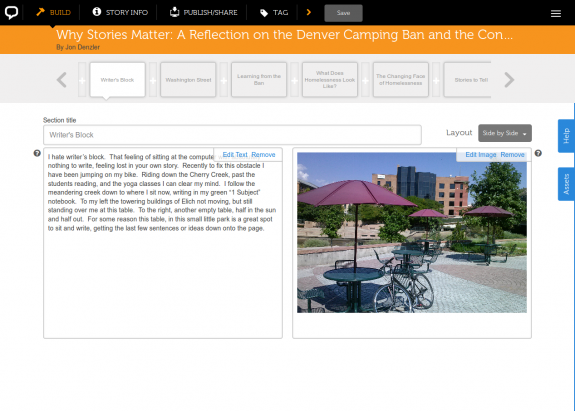I guess I’m still trying to figure out my feelings about all of this. I’m collecting a list of articles about Ladyman’s to make it easier for people like me, fairly recent Bloomington transplants who have only a recent history with the diner, understand the history of the place and what its closing represents as part of the changes happening in Bloomington. I think the media coverage is also useful for helping to identify the people in our community responsible for those changes, or at least those who can make decisions about what gets closed, what gets built, how it’s funded, and how much community input is taken into account in the decisions made.
So far, I’m thinking that if there’s one thing that’s good about Ladyman’s closing at its long-time location and not reopening, it’s that the closing drives home the point that things that take a long time to build, that are really, truly, important to a community, are not so resilient and easily replaced. It’s incredibly sad, that something that took nearly 50 years to build into what it was will be replaced by something that will take only a few months. It’s also sad that something that brought people together across lines of generations, race, and class will be replaced by something that is used by and relevent to only a small group of people. Ladyman’s as a convergence of Bloomingtonians from all walks of life is an idea that I’ve been talking about for a long time to friends, but when I looked around the restaurant this past Sunday, I saw how true that really was. With the diner gone, I find it very difficult to think of many other spaces that offer such a meeting point for the community at large.
I was talking to my friend Chris the other night and he was mentioning the keynote speech at this past year’s bioneers conference and how it discussed the idea of designating and protecting places of importance to a community. I asked my friend Will, who recently studied historic restoration of houses, what gave places some kind of protection as historic places. He said that it usually had to do with some historic event happening there, some famous person living there, or the structure being architecturally relevent. It’s so frustrating that there is some precedence to protecting places around these criteria, but not protecting places that bring a community together and that are part of so many people’s personal histories.
I really like the idea of making new development take as long as the things it replaces. I would feel much better about Finelight having it’s corporate headquarters and a supporting parking garage if it took 49 years to achieve those things. I look at all the new businesses that have gone in around Smallwood Plaza and 10th and College and other things in the downtown area, and even in the 3 years that I’ve lived in Bloomington, I’ve seen so many things come and go. Do we really want the physical and commercial reality of our community to be so fleeting and unsubstantial?
Good-bye Ladyman’s
by Steven Higgs
Bloomington Alternative December 3, 2006
Cafe’s closing brings end to cook’s 49-year career
By Kasey Hawrysz
Indiana Daily Student Wednesday, December 06, 2006

Update: J.J. Perry, news editor at the Herald Times sent me the following links to the HT’s coverage of the Ladyman’s closing. He also has authored a blog post, Covering Ladyman’s final weekend, that contains additional links to information about Ladyman’s closing.
Ladyman Family Gathers to Say Farewell
Herald Times December 11, 2006
Last Meal at Ladymans
Herald Times December 11, 2006
Ladyman’s menus: 1957 vs. 2006
Herald Times December 12, 2006
VIDEO: Cook Jack Covert: A Ladyman’s Legend
Herald Times December 8, 2006
SLIDESHOW: Five decades of Ladyman’s
Herald Times
Read our readers’ memories of Ladyman’s
Herald Times December 4, 2006
Ladyman’s guestbook
Herald Times December 8, 2006
SUBMIT: Share your favorite Ladyman’s memories and well wishes here
Herald Times






